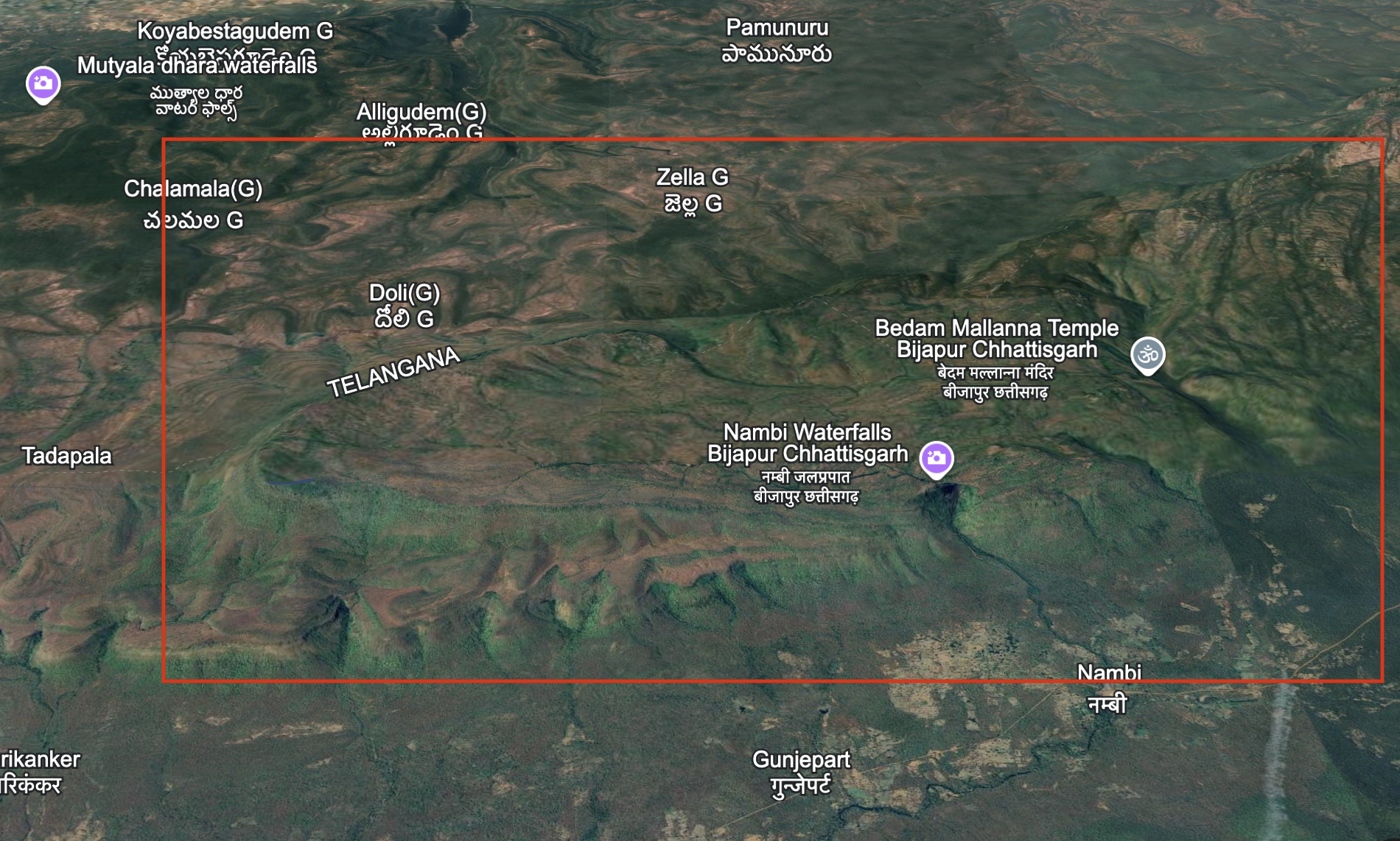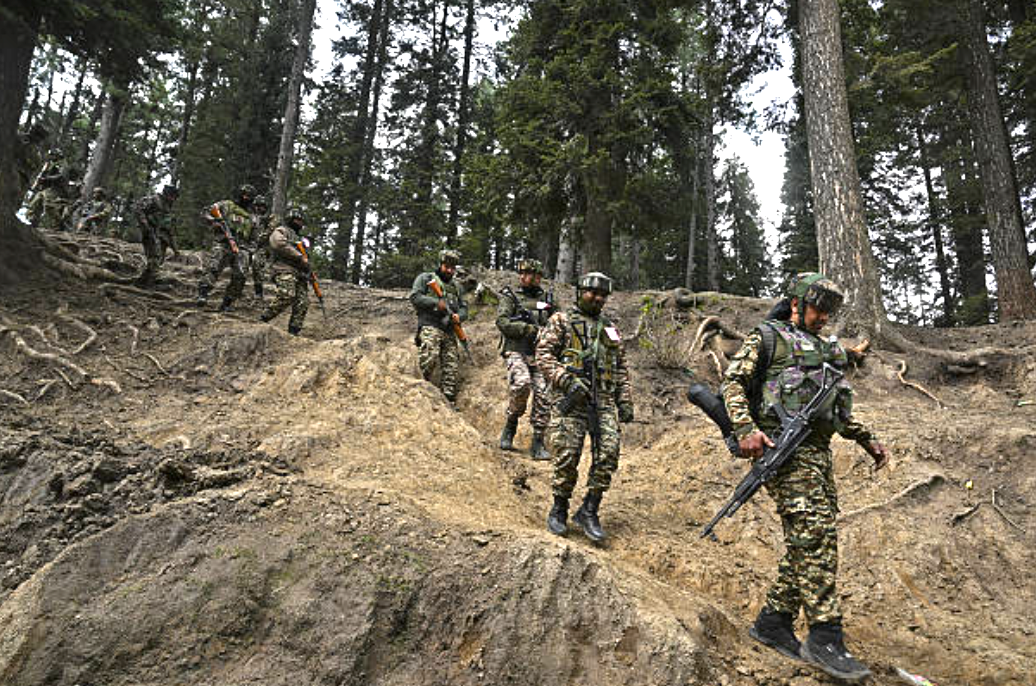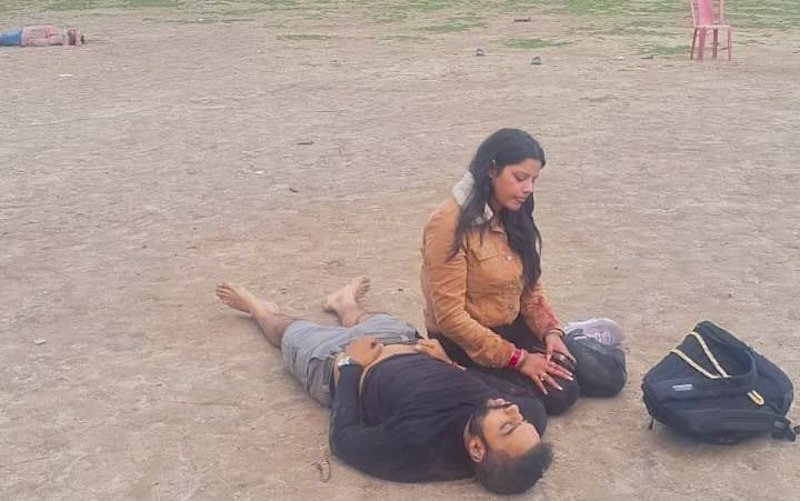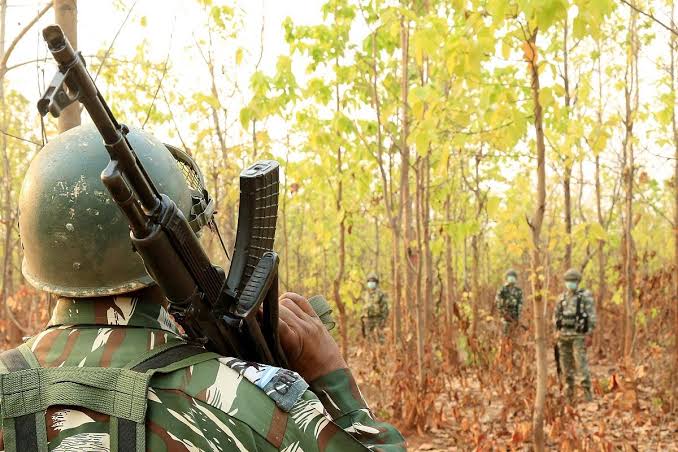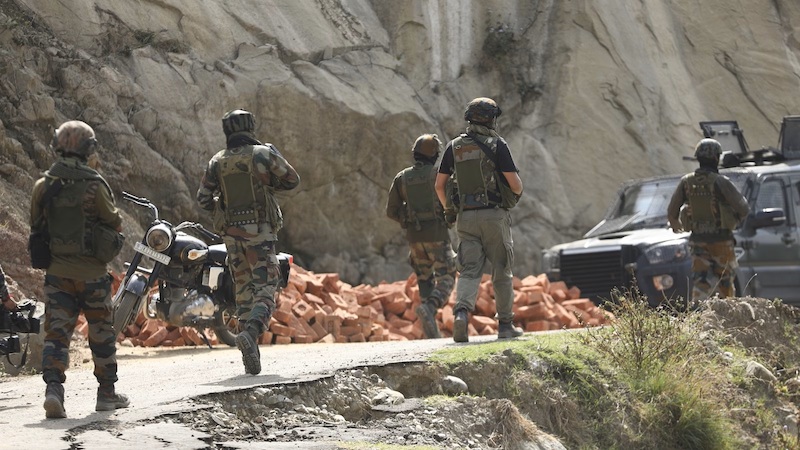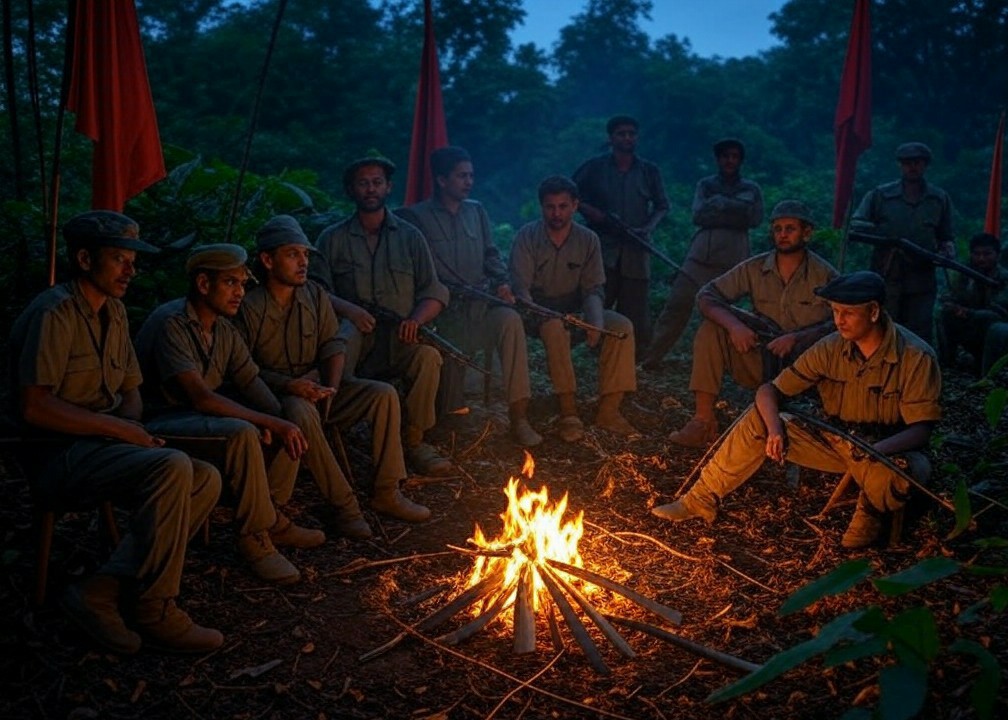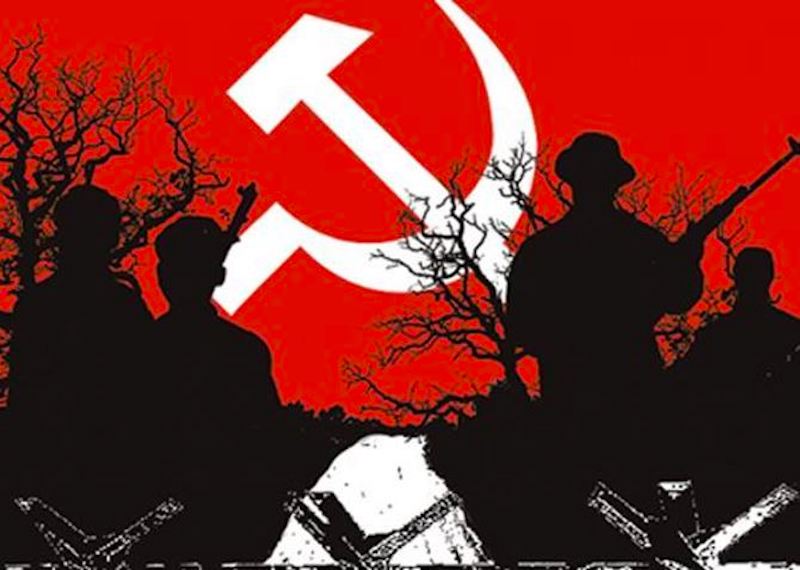
Raipur/New Delhi: Security forces have initiated what officials describe as the “final assault” against Naxalite insurgents holed up in Telangana’s Karregutta Hills, marking the culmination of what has been called the “biggest-ever” anti-Naxal operation in recent history. The operation has already resulted in significant casualties, including the loss of a Central Reserve Police Force officer’s leg in a daring rescue mission, as forces close in on senior Maoist leaders believed to be hiding in the heavily fortified hill area along the Telangana-Chhattisgarh border.
‘Final Assault’
The security forces on Tuesday launched the decisive phase of their offensive at the Karregutta Hills, where a coordinated anti-Naxalite operation has been underway since April 21. The operation has intensified with the deployment of an additional 20 companies of the CRPF, comprising approximately 2,000 personnel, who joined the mission on Monday night.
As India Sentinels had reported then, a major encounter between security forces and Naxalites on April 21 in Jharkhand’s Bokaro district saw eight Maoists dead, including Prayag Manjhi (alias Vivek), who carried a bounty of ₹1 crore on his head.
“The forces led by the CRPF have launched a final assault now. Some senior Naxalite cadres are suspected to be holed up in the hill area. The operation will reach its logical conclusion soon,” a senior officer supervising the operation told reporters.
The massive operation, involving an estimated 20,000–24,000 troops across various locations, was launched following intelligence about the presence of senior members of the People’s Liberation Guerrilla Army (PLGA) “Battalion Number 1” – considered the strongest military formation of the Maoists – and leaders of the Telangana Maoists’ state committee in the area.
CRPF Officer Injuured
During the operation, a 32-year-old assistant commandant, Sagar Borade, of the 204 CoBRA (Commando Battalion for Resolute Action) Battalion of the CRPF lost his left leg in an improvised explosive device (IED) blast on Sunday. The incident occurred while Borade was attempting to rescue an injured colleague.
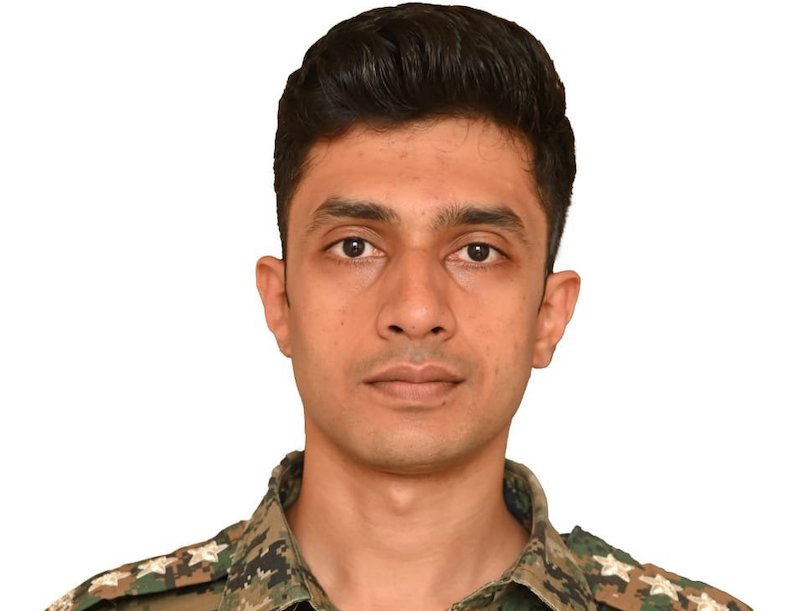 Sagar Borade. (Photo: CRPF)
Sagar Borade. (Photo: CRPF)
“The officer, without caring for his life, led from the front and rescued his junior colleague. He is being recommended for a gallantry medal,” officials said.
Borade, a native of Maharashtra, was first evacuated to Raipur and later admitted to AIIMS in Delhi via an air ambulance specifically stationed in Chhattisgarh for this operation.
Casualties and Challenges
The operation has not been without significant challenges and casualties. About 10 personnel – five from the CRPF and the others from various units of the Chhattisgarh Police, including the District Reserve Guard (DRG), and the Special Task Force (STF) – have been injured since the operation began. Two additional CRPF troops suffered major IED injuries on Tuesday and are being airlifted for treatment.
Security forces have recovered approximately 120 IEDs from the hills area, which is described as “heavily mined, along with the presence of multiple bunker-like hideouts.” This dense concentration of explosives highlights the significant threats facing the security personnel as they navigate the difficult terrain.
So far, the operation has resulted in the deaths of four women Naxalites. The most recent casualty occurred on Monday in the forest around Karregutta Hills, where security forces recovered a .303 rifle from the encounter site. Three other women Naxalites were killed on April 24, when security forces also seized a large cache of weapons, explosives, and other materials.
Sophisticated Operation
This operation stands out for its scale and the sophisticated resources being deployed. Security forces are utilizing four helicopters, two drone squadrons comprising 20 unmanned aerial vehicles (UAVs) each, satellite imagery, and maps provided by the National Technical Research Organization (NTRO).
These resources are being used to track Hidma, the top commander of the PLGA Battalion No. 1, and other senior cadres, like Deva. Intelligence inputs had suggested that Hidma was spotted near a bunker in the Karregutta Hills accompanied by an armed squad, which triggered the massive operation.
“Intelligence suggests that several senior Maoist cadres have either been killed or seriously injured during the operation,” said Sundarraj P, inspector general of police, Bastar Range.
During the current operation, hundreds of Naxalite hideouts and bunkers have been destroyed, and a substantial amount of explosive materials, detonators, food stock, and items of daily use have been seized.
“The densely forested area with a series of hills is said to be the base of the Battalion No. 1,” police sources said. The ongoing operation appears to be making significant progress in disrupting this stronghold, though the final outcome remains to be seen as the forces press forward with their assault.
As the operation enters its decisive phase, security officials remain cautiously optimistic about neutralizing key Naxalite leaders and dismantling their operational infrastructure in what has become one of the most comprehensive counterinsurgency campaigns in recent years.
Background of Naxalism
The Naxalite movement, which takes its name from the Naxalbari village in West Bengal where a peasant revolt occurred in 1967, is influenced by Maoist political ideology. The insurgency has its roots in communist movements that challenged land ownership patterns and advocated for peasants’ rights.
Renowned historian Sumanta Banerjee has described the Naxalbari uprising as “a watershed in the recent history of India.” He also noted that the “most of the progressive trends in social activism today can be traced indirectly to the issues raised by or associated with the Naxalite movement in 1967.”
The Karregutta Hills operation is in line with the Union government’s objective to eliminate Naxalism in India by March 2026. This year alone, around 150 Maoists have been killed in separate encounters in Chhattisgarh – an area security officials describe as the “last bastion” for left-wing extremism in the country.


